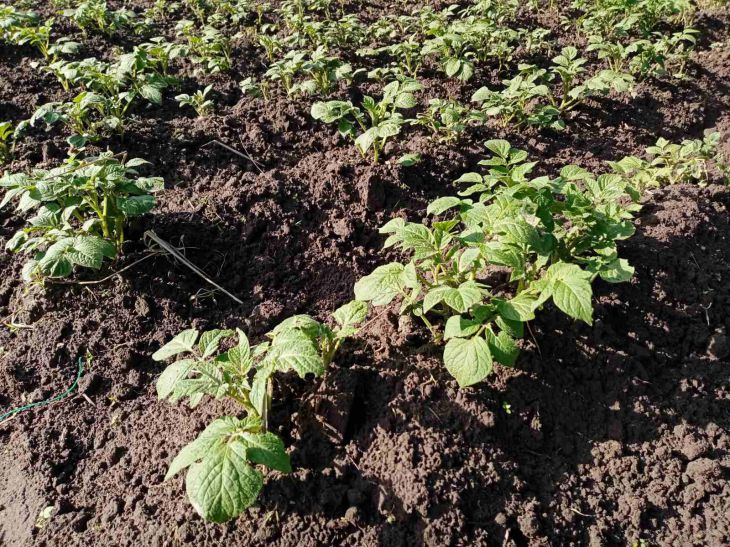One of the common reasons for the decrease in potato and tomato yields is such a common disease as late blight.
If the plants are affected by late blight, the gardener will be forced to take many measures to at least partially save the harvest.
You will have to water your garden crops differently and choose a different strategy for replenishing the lack of nutrients in the soil.
In addition, the gardener will be forced to use chemicals.
But it is worth noting that even following all the above rules does not guarantee that the vegetables will be saved.

Instead of fighting a disease that has already made itself known, it is better to prevent the illness from appearing in the first place.
The desired result will be achieved if you choose a suitable “neighbor” for potatoes and tomatoes.
Companion plant for potatoes and tomatoes
Popular garden crops are unlikely to encounter late blight and other diseases if beets are grown next to them.
Thus, planting a representative of the amaranth family along the nightshade is a good way to provide plants with protection from a common disease.
Potatoes and tomatoes will not be affected by late blight. This means that crop yields will be high.








